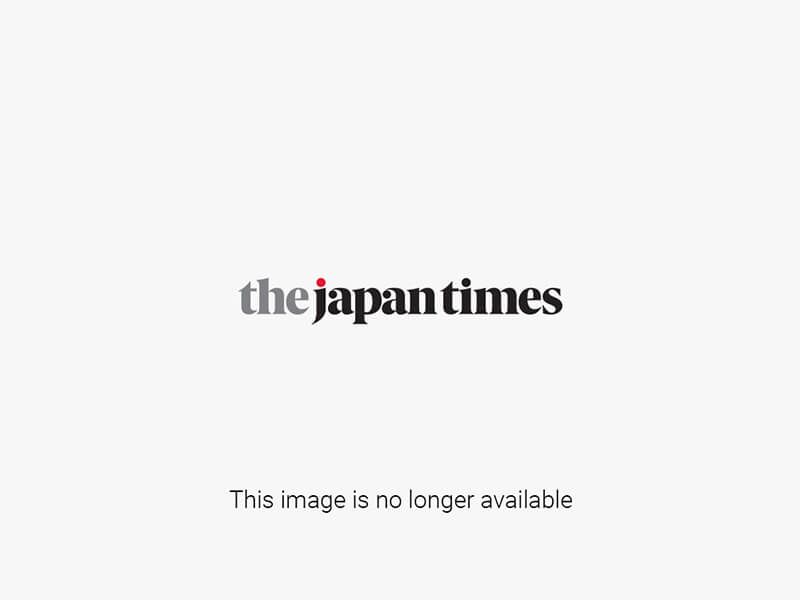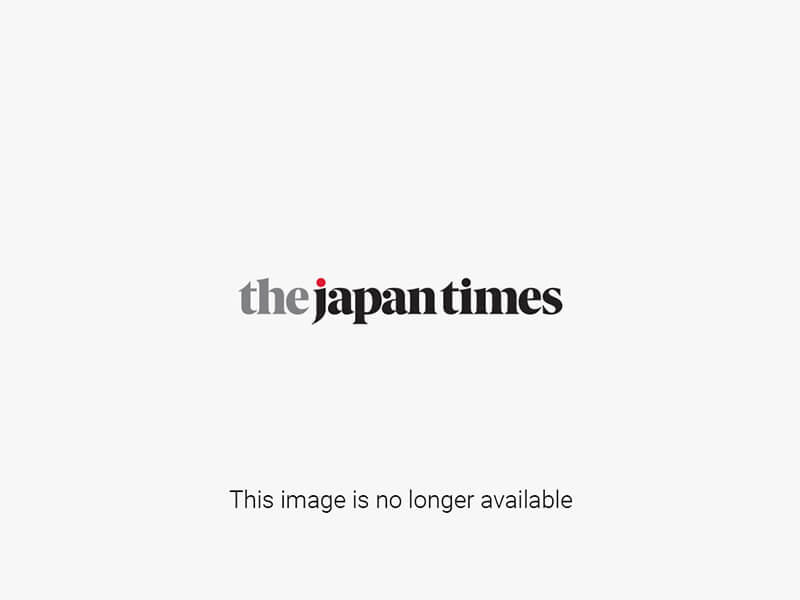The government has expanded the list of standardized pictograms used in Japan's signboards and posts to better serve foreign visitors in the run-up to the 2020 Tokyo Olympics.
The Ministry of Economy, Trade and Industry on Thursday revealed 15 additions and seven changes to the list of about 140 signs. The final draft plan will undergo a two-year trial before it is officially adopted.
The 15 new pictograms depict such items as convenience stores, vending machines, Wi-Fi networks, audio guidance services, battery chargers and ATMs compatible with cards issued overseas.
The amendments, intended to conform to widely used international standards, include signs for parking lots, first-aid stations and baby care facilities.
The original plan to change the hot spring pictogram will be reconsidered in response to strong requests for it to remain as is, with METI's final draft calling for using both the current and new signs.
The existing onsen sign with three short wavy lines rising vertically from a circle is deeply recognized by the public. But concerns have been raised that foreign visitors might mistake it for something like a steaming plate of hot food.
It is the first time a set of such standardized pictograms has been reviewed since 2002, when Japan co-hosted the World Cup soccer tournament with South Korea.
Pictograms were first officially introduced for the 1964 Tokyo Games. They have become an essential facet of the sporting events, which draw participants and visitors with a diverse range of linguistic and cultural backgrounds.




